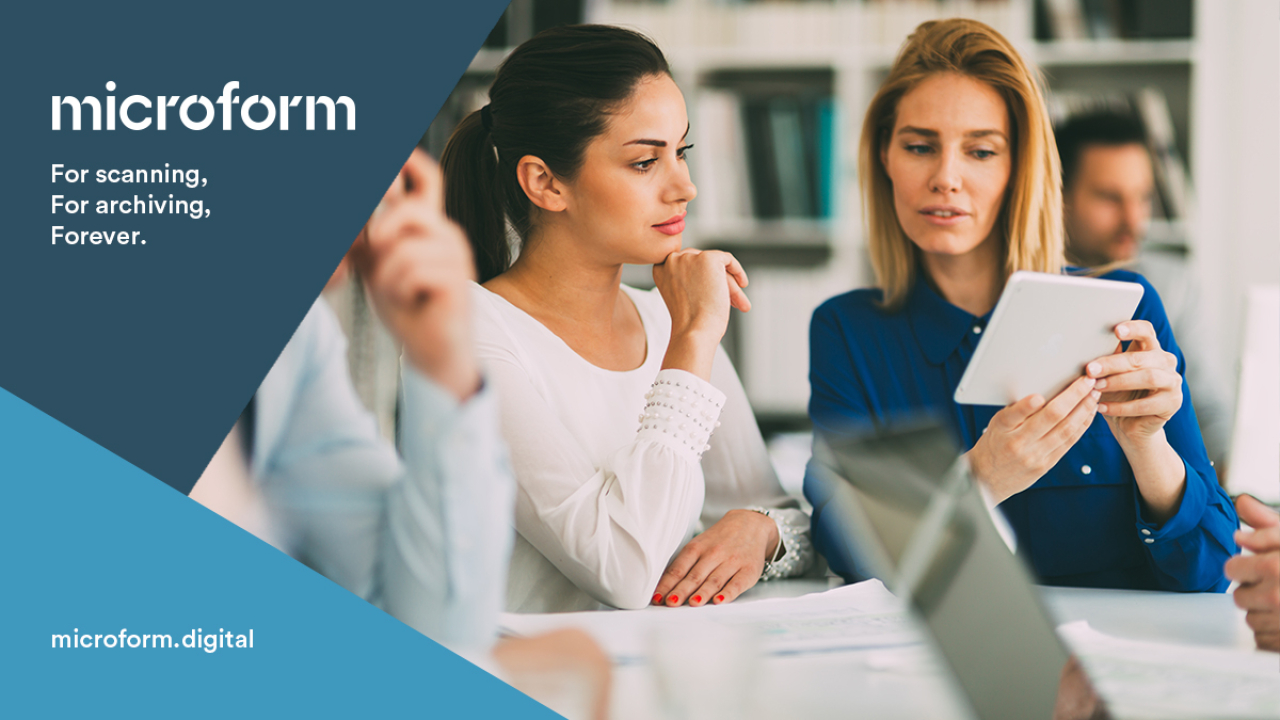What OCR scanning means to libraries

Often thought of as cornerstones of a healthy community, public libraries are pillars of towns and villages and offer vital services to everyone.
University and college libraries often contain important records of research and studies that are unique to them.
Here at Microform, we offer all libraries throughout the UK a range of scanning services that can help preserve unique, private, and rare materials.
What microform offers libraries
From book scanning to file and record scanning, we can offer a range of services to enhance services as well as protect vital information for future work.
In terms of books, we provide both bound and unbound scanning.
Unbound scanning means that upon arrival at our facilities, the spine of the books are carefully sliced so that the pages are more appropriately fitted for the scanning procedure.
This does however result in the destruction of the book.
Bound scanning, which as you might be able to guess, involves the scanning of a book without its destruction. Although the composure of the book is kept, this means that the quality of scans might be lower.
The entity that ties these services together, however, is OCR scanning.
What is OCR scanning?
Optical Character Recognition (ORC) scanning is a special type of scanning that allows books and other documents to be digitally searchable and editable.
Once placed on document management software, any document that has been scanned using OCR means that titles, chapters, keywords, phrases, and any other identifier can be located within seconds.
For large libraries, this means that digital scans of books and other documents can be brought up simply from the typing of information into a computer.
Thousands of hours can therefore be saved through day-to-day searches rather than relying on physical book and file retrieval services.
How does OCR scanning work?
OCR scanning, like many things digital, relies on important algorithms to recognise characters, numbers, letters, and words.
When it comes to characters, a comparison must be made between what is in a file to what the OCR programme already knows — done on a pixel-by-pixel basis.
Patterns in a page are therefore matched and compared to information that is already saved.
This means that the quality and health of what’s being scanned is key for a higher accuracy reading.
Well-preserved documents often achieve an accuracy of 99 per cent or more but there can be a number of issues that lead to smaller success rates, including scuffs, scratches, and faded ink.
Documents that can be scanned using OCR
As most libraries offer more than just books, our scanners enable libraries to enjoy a flexible and wide-ranging OCR scanning service for:
Books
Magazines
Newspapers
Typed manuscripts
Legal documents
Financial documents
Typed records
Why choose Microform for OCR scanning
Microform has been in business for over 60 years and throughout that time has worked with businesses and organisations from nearly every industry in the UK.
This includes financial businesses, educational institutions, and medical organisations, which means that the clear majority of work that passes through our doors is strictly confidential.
This, alongside the fact that every one of our services is tailored to each individual client, is why Microform is one of the most trusted and go-to scanning organisations in the UK.
For more information about our OCR services, or how the process works, contact us on hello@microform.digital or give us a call on 01924 825 700.